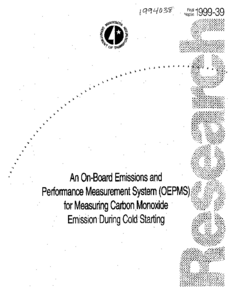The Minnesota Department of Transportation constructed a low traffic volume road section to determine the environmental fate and effects of chemicals from tire shred materials placed below the seasonal groundwater table. The road base was constructed during November of 2002 with over seven million pounds of tire shreds enclosed in geotextile fabric in the road base. Surface and well water samples were analyzed for pH, temperature, dissolved oxygen, specific conductivity (SpCond), hardness, chemical oxygen demand (COD), total suspended solids (TSS), biochemical oxygen demand (BOD), aluminum, antimony, arsenic, barium, cadmium, total chromium, copper, iron, lead, manganese, nickel, selenium, zinc, mercury, gasoline range organics, diesel range organics, total polynuclear aromatic hydrocarbons (PAHs), and carcinogenic polynuclear aromatic hydrocarbons (c-PAHs) and eight tire specific semi-volatile organic chemicals. Selected parameter data are presented. Elevated levels of barium, iron, and manganese were measured in all of the monitoring wells but not in the background well or surface water. The tire shreds contributed some PAHs to the surface water but in very low concentrations. Four tire material semi-volatile organics were detected in well water but not surface water samples.

























